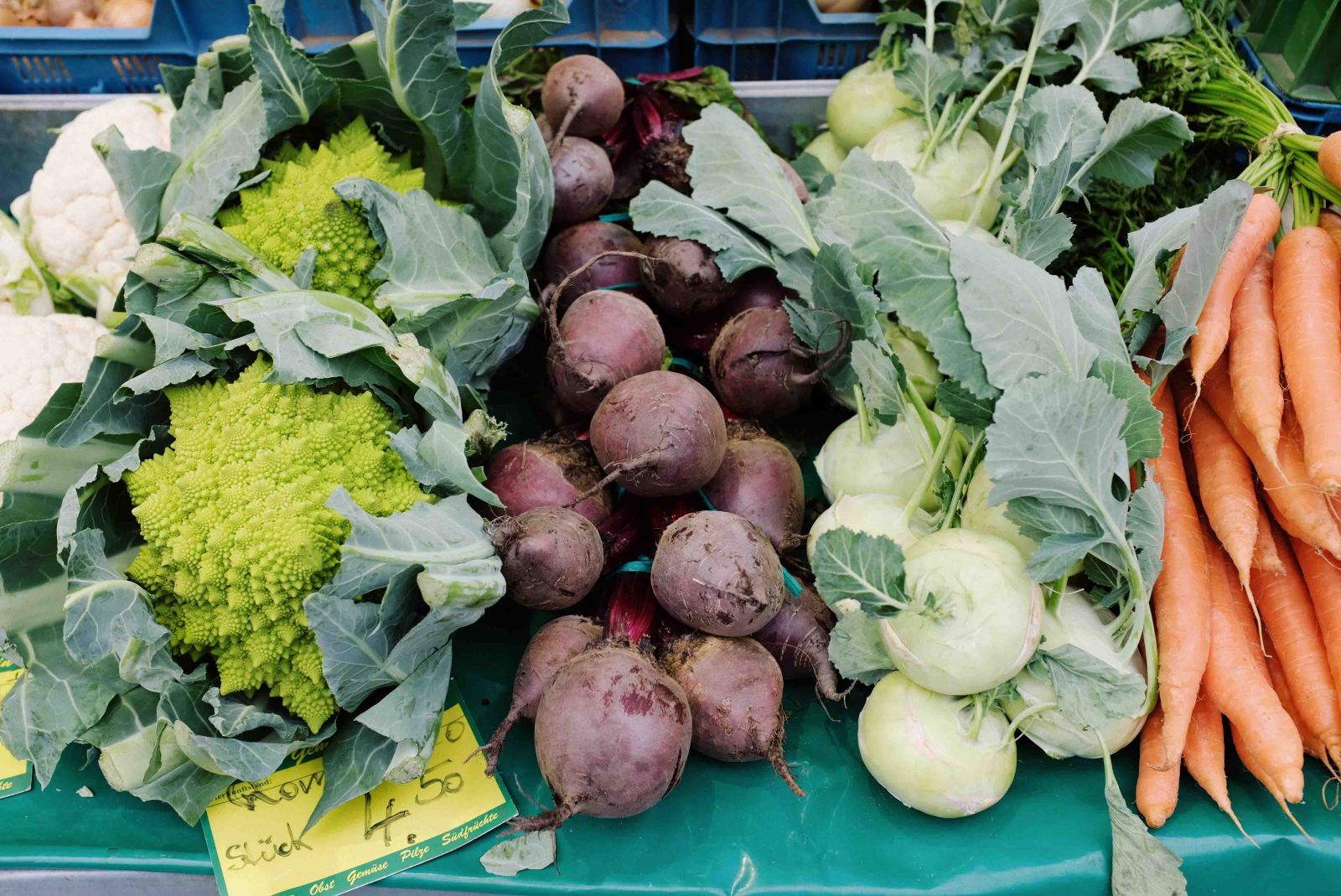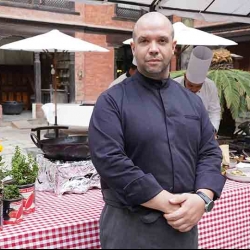I have questions for you:
Why are root vegetables like radish, carrots, garlic grown in winter?
How does a delicate vegetable like tomato get transported from India?
Why is it recommended you eat nuts in winter?
Why is it impossible to naturally grow watermelons in winter?
What’s all this fuss about organic food?
Is it worth it to spend money on cheap vegetables and more on hospital bills?

There are unlimited questions and it takes my mind on a journey because along with being an entrepreneur I am also a mom, a wife and a daughter who takes care of a family. Every time I cook something to feed them I want to make sure it is good for health. But is it actually?
Turmeric is a quintessential ingredient in Indian or Nepali cooking. Ancient scriptures talk about its antiseptic values and myriad of other benefits. Research has also shown it being rich in phytonutrients which could fight cancer cells. It would be apt to call it a super food. The main ingredient which make it a super food is curcumin. With recent development of technology and the overpowering pharmaceutical companies, food researchers and nutritionists fear the presence of uncompromised levels of curcumin in locally available turmeric. The question I want to ask then is, is it valuable to add it to every dish we eat? It’s food for your thought.
Another example is of tomatoes; a vegetable we use every day. In the Nepali market, there are mainly two varieties available; the Indian tomato which is imported and local Nepali tomato. Both these varieties are very delicate in nature even though they vary in size, appearance and flavor. So let’s explore how these Indian tomatoes travel hundreds of miles over several days and still reach our markets looking so fresh and juicy. In my understanding, these tomatoes may have been grown all naturally but they are plucked when green and raw for the ease of transportation. Over the course of days when they reach their designated destination, they could be sprayed with chemicals that help them ripen. These are then distributed to local markets looking red and juicy. What if we changed our recipes to use only locally grown tomatoes to save us from that chemical spray? It’s more food for your thought.
There could be considerably more examples like this which suggests eating locally grown and seasonal food is the best way to keep healthy. Innumerable content is available online and offline to educate us about good eating habits and on how to live a healthy life. After all, health is the real wealth. It, however appears that most people know about most of these things. They know what they should be eating but seldom do people know what they should not be eating. We are what we eat, is a common phrase we all have heard, but do we act on it?
The human body is one of the most thoroughly studied subjects in science and how it changes during seasons and relates to food is a very interesting tangent. Our body needs certain foods during certain seasons and there is an uncanny correlation of how these foods also only grow during those seasons. Let’s take potatoes or any root vegetable as an example. Most of these root vegetables like, carrots, parsnips, radish and even potatoes are grown in winter months. These vegetables are characterized by high levels of carbohydrates which our body needs, to constantly generate heat and keep warm. The same is with garlic or nuts. Summers on the other hand call for lighter and more refreshing fruits and vegetables, so we see our markets full of citrus fruits like watermelon, oranges, lemons and vegetables like all kinds of squash, tomatoes, gourds and anything with higher water content. All these beat the heat in our bodies and keep them cool. Eating seasonal vegetables can reverse diseased cells growth and beat illness. It improves our gut health too.
My aim at Pomodoro will always be to “Grow world exotics locally” because we understand the beautiful amalgamation of human need for variety and the importance of eating fresh produce grown naturally and locally. This entire reasoning of the article can be verified in a more scientific language using names of hormones and vitamins which effect the body, its emotions and cell growth but the logic seems simple here. The connection of the human body and its dependence on what nature gives us is clear. We must eat seasonally and locally.











